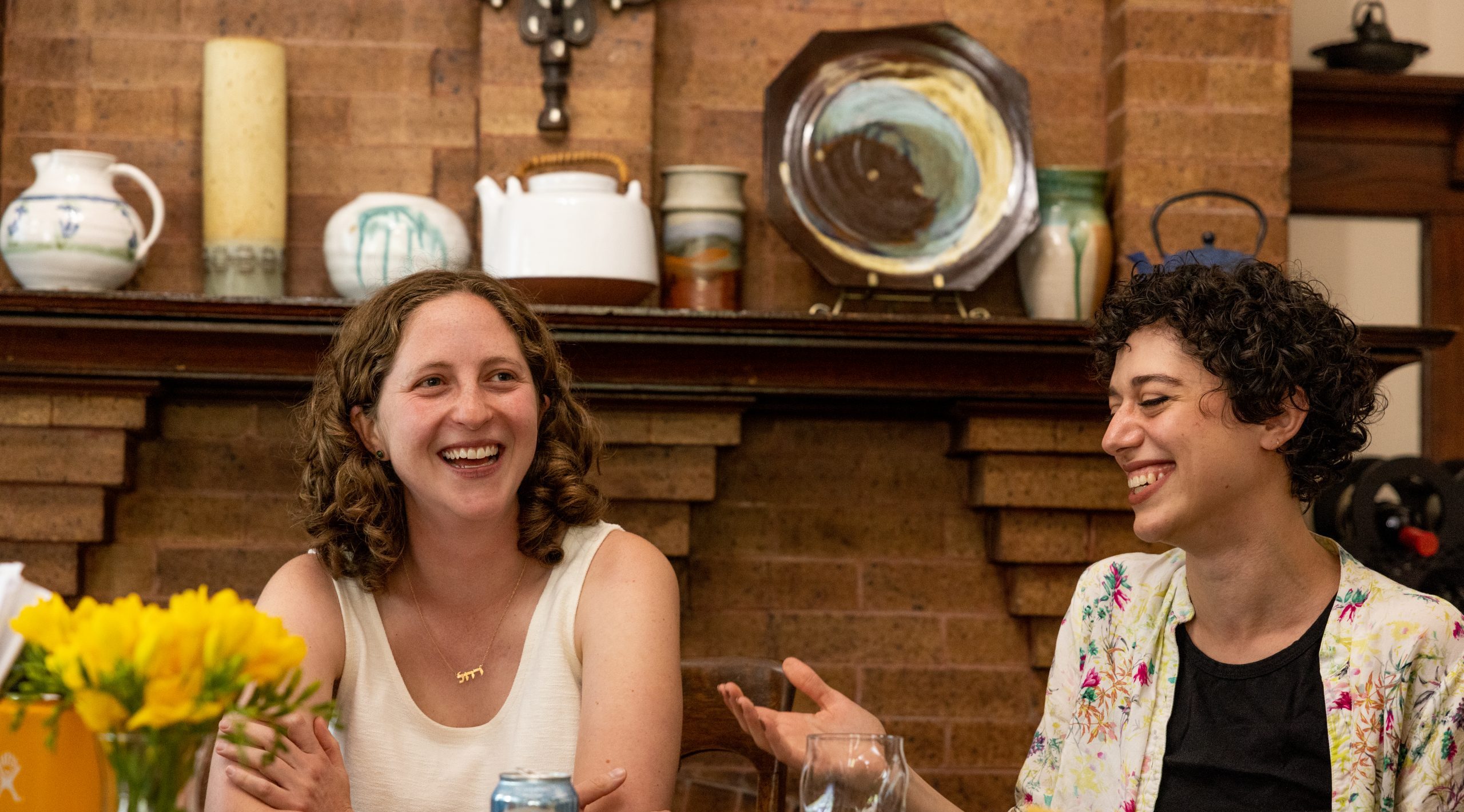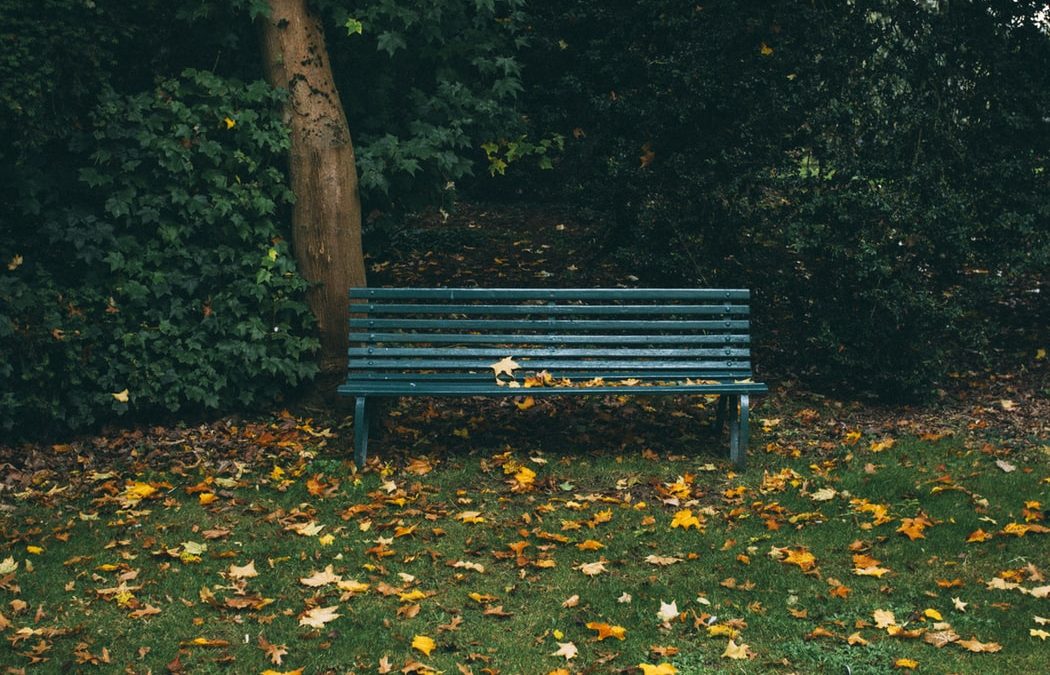
May 28, 2019 | by Rabbi Lisa Goldstein, Former Executive Director, Institute for Jewish Spirituality
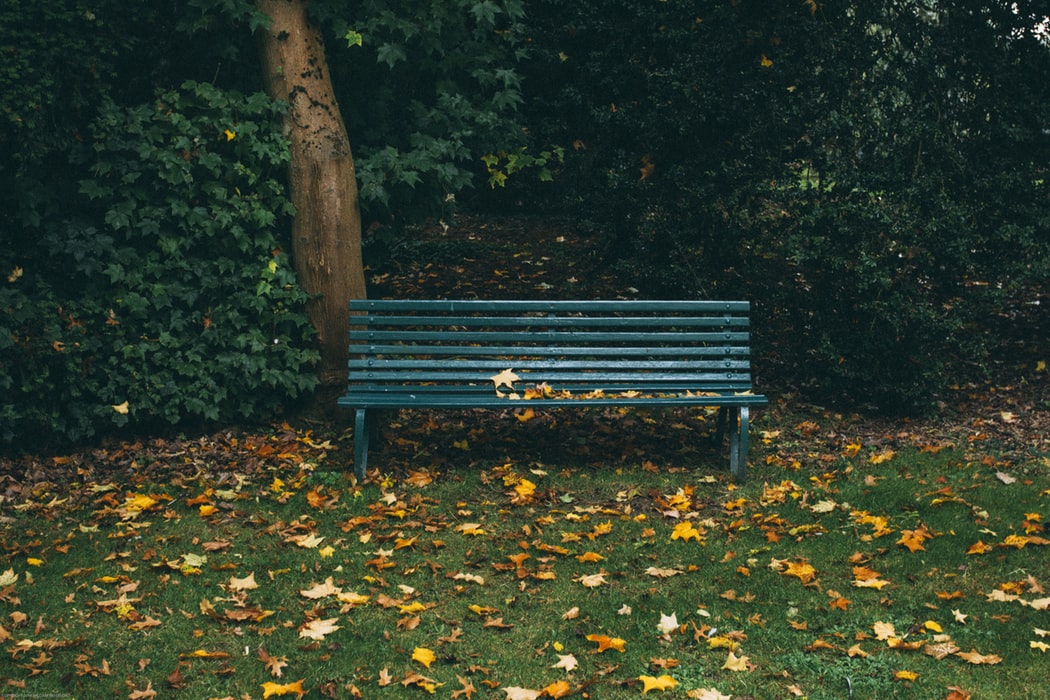
We Jews are known for being big talkers. We are stereotypically a people of a lot of words, of arguments, of big ideas, of strong opinions. I remember once speaking to a Catholic boys’ school in Missouri. The first kid raised his hand and said, to his teacher’s mortification, “Our science teacher is Jewish and she talks fast, too. Do all Jews talk fast?” (I quickly said, “Yes!”) It’s not surprising that people frequently raise their eyebrows when they hear what IJS does and ask, “How do you get Jews to be quiet?”
We are coming up to the end of our “kayak trip through the Omer,” as our colleague Marc Margolius has been guiding us, weaving our way through the middot, or ethical traits, that prepare us for the splendor and awe of revelation at Mt. Sinai on Shavuot. On Shavuot, we are told, we get to re-experience the moment of great mythic meeting between the Divine and ourselves, a direct experience of communication with the Source of Life itself, lovingly distilled into Torah, the wisdom for a good life that has been handed down – and yes, discussed and argued over – for generations.
There are all kinds of midrashim about what actually happened at Mt. Sinai. What is striking is how many of them veer away from the Biblical narrative that describes a noisy, thundering encounter and suggest instead that the surprising thing about Sinai was how quiet it was. In fact, it was so quiet that people for once could hear that kol dmama daka, that subtle quiet Voice that is speaking all the time.
I have been reflecting recently on all the unexpected places we might hear that same voice if only we would stop talking and listen instead. I have participated in a number of diversity trainings over the past few months and am appreciating the transformational power of really listening to unique voices of queer Jews and Jews of Color. Through my family I am connecting more with people from other countries and other religions and the more I listen, the more I sense how the life force that flows through them all takes on different garments in sometimes difficult but always marvelous diversity. (That is like Torah itself – sometimes difficult and always marvelous, because Torah too is a garment for Divinity.)
Our teacher Sheila Pelz Weinberg sometimes says that the word “wait” can be considered an acronym for Why Am I Talking? As we are dedicating ourselves to better communication – with each other and with God – perhaps a good first step is simply to listen.
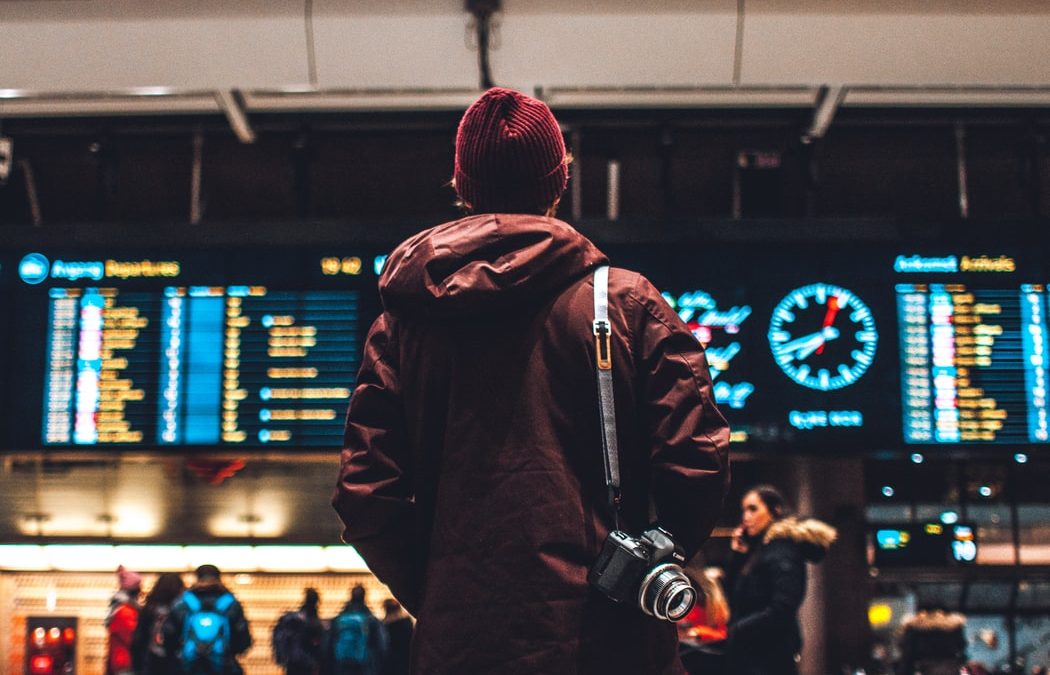
Apr 29, 2019 | by Rabbi Lisa Goldstein, Former Executive Director, Institute for Jewish Spirituality
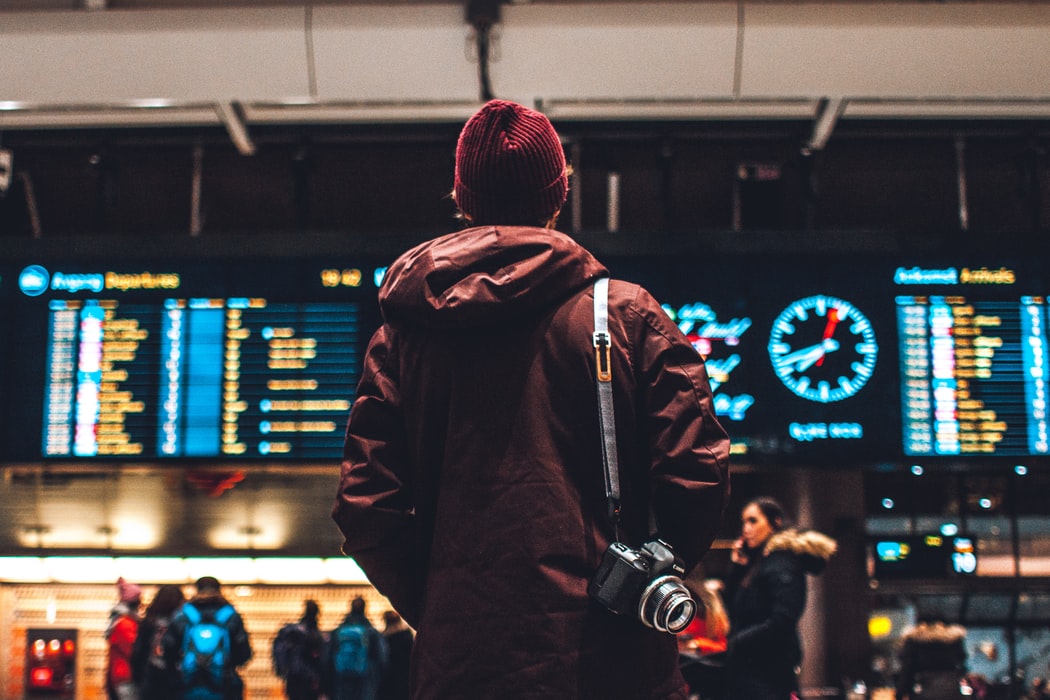
In our people’s mythic calendar, this is the time of year that we are journeying from the Red Sea to Sinai, from Passover to Shavuot. For me the annual pilgrimage started, as it does most years, when I made the journey to my parents’ home for Passover. And as usual, each time I boarded the plane, coming and going, I whispered the traveler’s prayer to myself.
I love tefillat haderekh, the traveler’s prayer. I love how it asks that we arrive at our desired destination alive, in joy and in peace. I love how it names a list of crazy uncontrollable things that happen in the world and asks God to protect us from them. I love how it asks that we might be seen with loving eyes by all who meet us and that our endeavors be blessed. I love how it makes a claim that our prayers are heard.
I must confess that it felt particularly poignant to be saying this prayer in the aftermath of the shooting that happened at the Chabad synagogue in Poway this week. I heard all the piercing questions arise: How can we reconcile the reality of our violent world with the claims that God is listening to our prayers, that there can be such a thing as safety, such that we can actually trust strangers? The traveler’s prayer seems suddenly unspeakably naïve.
And yet, I know that the traveler’s prayer comes from a time when traveling itself was a terribly dangerous thing to do. Instead of traffic jams and flight delays, the list of possible obstacles on the road includes ambushes, bandits and wild animals. It is precisely when we are feeling most vulnerable that we can open our hearts in prayer.
The truth is I don’t say the prayer because I believe it will actually keep the plane in the sky. I say it in order to mark the fact that I am on a journey that is out of my ordinary routine. It is a way of setting an intention for new experiences, to remind myself that the destination is always life, joy and peace. It’s a way of taking sober stock of the precarious state of the world, of the common fragility of life and all the things that make me – and all of us – so terribly vulnerable. And it’s a way of reminding myself that it is a practice to trust that others will in fact deal kindly and generously with me, even when I am a stranger on the road. (And most of the time, they really do.)
May our journeys this season, both physical and spiritual, be blessed along with all of our endeavors!

Oct 19, 2017 | by Rabbi Lisa Goldstein, Former Executive Director, Institute for Jewish Spirituality
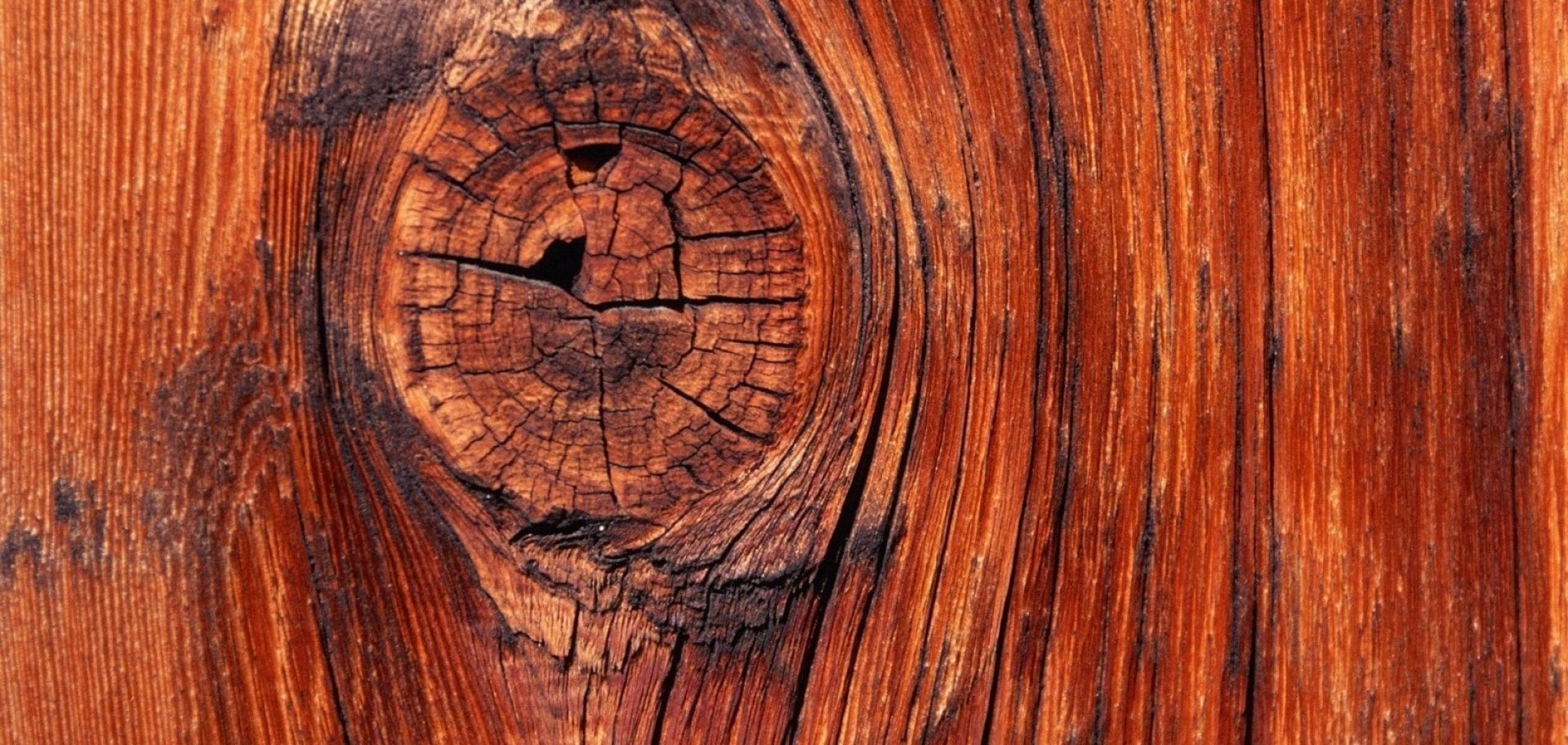
A number of years ago, I approached the High Holy Days with a great sense of inadequacy. I was keenly aware of all the ways in which I missed the mark, that I fell short of my own expectations and that I was unable to keep to my intention. It was a sobering and unpleasant realization.
As I was working with this sense of inadequacy, I was looking forward to the part of the Rosh Hashanah service that includes a full prostration. Not every synagogue does this, but traditionally, during the Malkhut section of the shofar service, we recite the Aleinu. As we say the words “We bend the knee and bow before You,” some communities engage in a full bowing, sinking to our knees and lowering our heads to the floor, in a deep motion of submission to the King of Kings (or, if you prefer, all that we cannot control in our fragile lives.)
I was anticipating this embodied experience to be one of humility, of publically acknowledging my imperfection on this holy day. But instead something surprising happened.
As I touched my head to the floor, what rushed through me was not a confirmation of my unworthiness, but rather a wave of forgiveness. This is how human beings are, imperfect, I recognized anew, and I am no different. And it is okay. Forgiveness is possible, even forgiveness of ourselves, and with that softening, we are actually more free to move through the world in sacred ways.
I suspect that many of us will hear sermons this High Holy Day season about the urgency of the work there is to do in the world – and it is in fact urgent. But perhaps we can find the space to practice forgiveness for our own sweet selves, for not living up to our expectations and not doing enough and not doing what we do perfectly. After all, as we are reminded in Unetaneh Tokef, we are compared to a broken dish, a breeze passing by, a grass that withers. And perhaps it is precisely because of our vulnerability and our imperfection that we are so precious and so worthy of compassion.
May we find forgiveness for our own humanity so that 5778 might be filled with blessings, sweetness and peace for us and for the world.
Oct 19, 2017 | by Rabbi Lisa Goldstein, Former Executive Director, Institute for Jewish Spirituality
 The other day I got together with a friend who is one of the wise advisors in my life. I told her about a particular issue I was grappling with. She shared a meditation instruction of bringing attention to the sensation of my feet on the floor and really focusing on the way gravity presses the feet down into the support of floor. As I practiced with this instruction, I felt a kind of stability that opened up a clarity that helped me understand what steps to take next.
The other day I got together with a friend who is one of the wise advisors in my life. I told her about a particular issue I was grappling with. She shared a meditation instruction of bringing attention to the sensation of my feet on the floor and really focusing on the way gravity presses the feet down into the support of floor. As I practiced with this instruction, I felt a kind of stability that opened up a clarity that helped me understand what steps to take next.
The very next day I was learning a text from Likkutei Halachot with my study partner. The topic was about how to find eitzot amiti’ot shleimot, wise advice, the kind that can lead you where you really need to go, not just in the short term, but for long term attainment. This book was written by Nachman of Breslov’s beloved disciple, Nathan, and—as is usual for Nachman teachings—there were lots of metaphors for the wise advice that we all seek.
Given my experience the day before, I was astonished to see that one of the metaphors for wise advice was raglayim, the legs and feet! Nathan explains that this is because the legs and feet symbolize the lower levels of a spiritual journey, when we are in the depths and really need that wise advice. That is when we are most receptive to hear the council of true tzadikim and to understand the guidance of the sages who can make the wisdom of Torah alive to us.
These are days when many of us are, in the memorable words of Abraham Joshua Heschel, “praying with our feet.” Sometimes it seems like there isn’t time to do things like meditation or setting aside an hour to learn with my study partner. But this is precisely the time for those practices. They help me pay more attention to the wisdom of my own body and the wisdom of the sages who lived before me. These practices help me see more clearly. They remind me that I am not separate from the rest of the world, and that keeping myself grounded and clear is adding more groundedness and clarity into the world. They help me take better care of other selves that I encounter, in my family, on the subway, as I react to the headlines.
Grounding. Support. Clarity. True advice that brings greater wholeness and opens a door to the next right steps. As we enter into Elul and take true stock of our lives, we hope some of these offerings will help us do just that.
Oct 19, 2017 | by Rabbi Lisa Goldstein, Former Executive Director, Institute for Jewish Spirituality
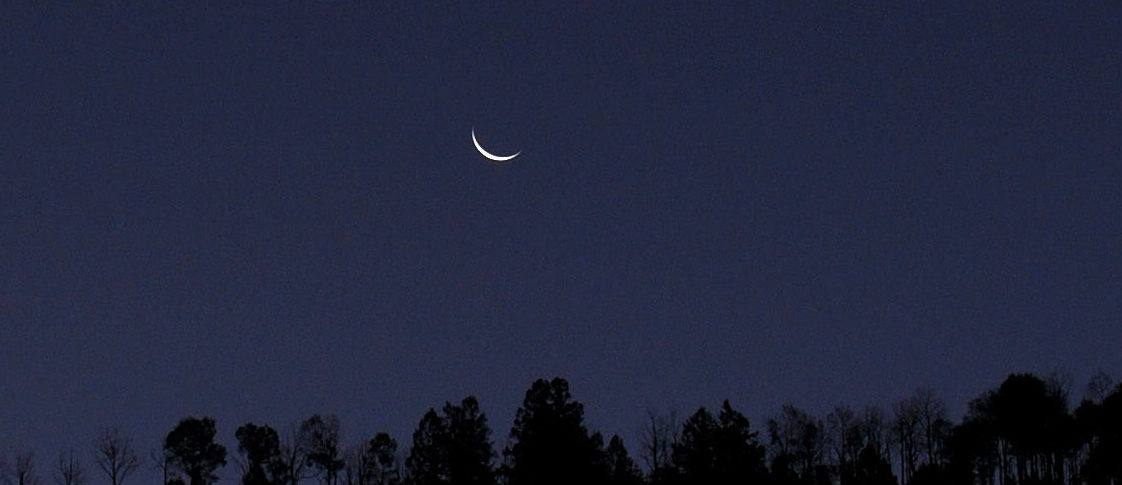
The morning I wrote this greeting, I woke up very early. We had just concluded the final retreat for our second Clergy Leadership Program cohort and I was heading to the airport to return home for Shabbat. In the eastern sky there was the tiniest sliver of the crescent moon, just rising, heart-breakingly beautiful. It was just a few days before the month of Av began, with that same crescent moon setting in the west.
We are heading towards the end of the Three Weeks, the period between the 17th of Tammuz and the 9th of Av, the season of loss and horror in our mythic history. It is the season of siege, deprivation, enormous suffering, terrible destruction and there are many traditional customs of mourning that mark this season.
In fact, the one thing during this period that continues to be a beacon of joy is Shabbat. It is worth asking, if the world is burning around us, how can we celebrate Shabbat? Shouldn’t we be dedicating ourselves towards fixing this world that is experiencing so much horror? How can we take the time to dedicate to spiritual practice?
One answer to this question comes from a Netivot Shalom teaching about Noah’s Ark that we studied at our retreat. The metaphor is different, but the question is the same: When the flood waters rise up around us, threatening to drown us, how do we survive? What do we do?
The Netivot Shalom suggests that Noah’s ark, that temporary shelter, is actually a hint towards the practice of Shabbat. Shabbat, he teaches, is nothing less than the connection between the heavenly realms and the earthly realms; it is God’s dwelling place on earth. It is a pinah tehorah, a pure little place, where we can take refuge.
I think this offers three insights that are especially important during times of destruction, remembered or present. If Shabbat is the connection between heaven and earth, taking refuge in Shabbat is not about closing ourselves off from the world, but rather about gaining a greater perspective. It is often true that suffering causes our perspective to narrow, which makes it more difficult to make wise decisions. If our practice on Shabbat can help us open back up to the larger picture, we might know how to respond better when we return to facing the world.
Also, when we are closed up in the ark, buffeted by wind and rain, temporarily safe from the destruction around us, we realize that there is a limit to how well we can steer the boat. Parker Palmer teaches that “functional atheism,” acting as if everything depends on us, is a shadow side to leadership. Shabbat reminds us that yes, when havdalah is over, we must go back to acting. But the world depends on more than just our own efforts. Shabbat helps us cultivate this deeper trust.
And finally, Shabbat offers us the inspiration to go back out into the world once the flood waters subside, having experienced a glimpse of that pure little place that the world can be. By rooting us in joy and peace, community and spaciousness, we remind ourselves what we are working towards.
Wishing you a Shabbat shalom, a beacon of joy during this dark time in our spiritual calendar.







 The other day I got together with a friend who is one of the wise advisors in my life. I told her about a particular issue I was grappling with. She shared a meditation instruction of bringing attention to the sensation of my feet on the floor and really focusing on the way gravity presses the feet down into the support of floor. As I practiced with this instruction, I felt a kind of stability that opened up a clarity that helped me understand what steps to take next.
The other day I got together with a friend who is one of the wise advisors in my life. I told her about a particular issue I was grappling with. She shared a meditation instruction of bringing attention to the sensation of my feet on the floor and really focusing on the way gravity presses the feet down into the support of floor. As I practiced with this instruction, I felt a kind of stability that opened up a clarity that helped me understand what steps to take next.
